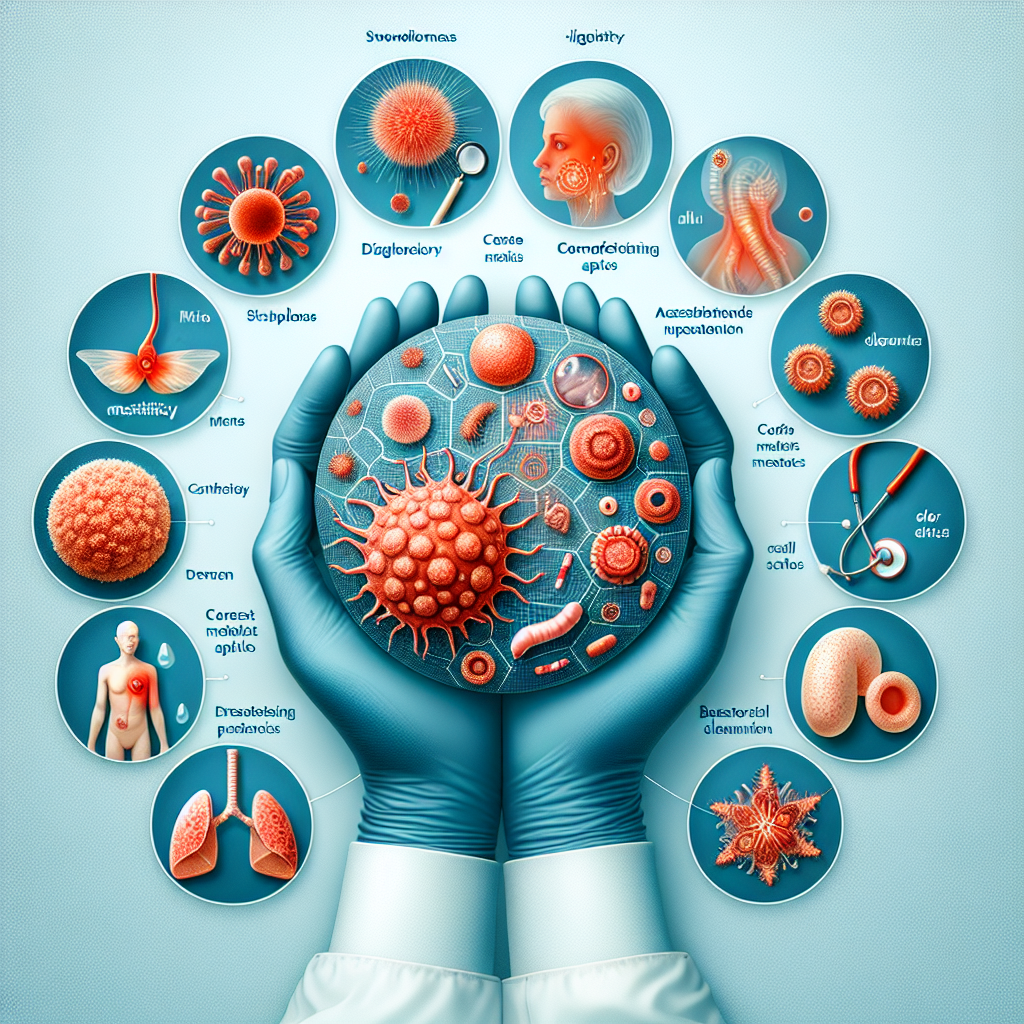Mastitis: Complete Guide to Symptoms and Treatment
Mastitis is a common and often painful condition that many nursing mothers experience. But knowing the signs, effective prevention, and proper treatment can make the difference between a pleasant breastfeeding experience and a challenging one. This article will provide you with all the essential information about mastitis, thus giving you a complete guide to better understand this condition and manage your health effectively.
Understanding Mastitis
Mastitis is inflammation of the breast tissue, which may or may not be associated with an infection. This can occur suddenly (lactational mastitis) or be a chronic condition (non-lactational mastitis). Most cases of mastitis occur in women who are breastfeeding, especially in the first few weeks after giving birth. However, it is important to note that mastitis can affect women who are not breastfeeding and, in rare cases, even men.
Symptoms of Mastitis
One of the first signs of mastitis is redness and warmth of the affected area of the breast. Along with these, the mother may also experience other symptoms, such as:
- Nagging pain or a burning sensation in the breast
- Swelling or induration of the breast tissue
- Flu symptoms – fever, chills or fatigue
- The presence of a lump in the breast that does not disappear after breastfeeding
- Difficulty or pain in breastfeeding
It is crucial that the symptoms of mastitis are recognized in time to start treatment as quickly as possible.
Prevention of Mastitis
Preventing mastitis starts with some simple care practices for breastfeeding women. Here are some tips:
- Make sure the baby is positioned correctly and latches onto the breast well while nursing
- Alternate nursing positions to ensure complete emptying of each breast lobe
- Avoid tight clothing or a bra that compresses your breasts
- Maintain good breast hygiene by not washing them excessively with soap, which can dry out the skin and lead to cracking
- Breastfeed or use a breast pump regularly, without leaving your breasts too full for long periods
Mastitis treatment
Treatment for lactational mastitis depends on the severity of the symptoms and whether or not an infection is involved. For most mild cases, treatment may consist of:
- Applying moist heat to the breasts before nursing to facilitate the flow of milk
- Gentle massage of the affected breast tissue to help drain the milk ducts
- Continue breastfeeding or milking regularly, even if it is painful
- Sufficient hydration and adequate rest
If infection is present, the doctor may prescribe specific antibiotics to treat the infection. It is essential to complete the full course of antibiotics even if symptoms improve quickly.
When to Seek Medical Assistance
If you are experiencing any of the above symptoms and suspect you may have mastitis, it is important to contact a medical professional for consultation and treatment. Do not delay seeing your doctor, especially if symptoms include fever or if your general condition worsens.
end
In conclusion, mastitis can be an unpleasant and painful experience, but with the right information and prompt action, it can be effectively managed to allow breastfeeding to continue in optimal conditions. Prevention, early recognition of signs and appropriate treatment are the keys to overcoming this challenge. Remember to seek professional help if symptoms persist or worsen and take care of your health and that of your baby. If you need more information or resources about breastfeeding and breast care, you can visit our resources section of our store or subscribe to our newsletter for regular tips and updates.
Remember that every breastfeeding experience is unique and that you have the power to handle this stage of motherhood with confidence and knowledge. Every mother deserves to experience this beautiful time without pain or stress, and we are here to give you the support you need to make it happen.














































































































































